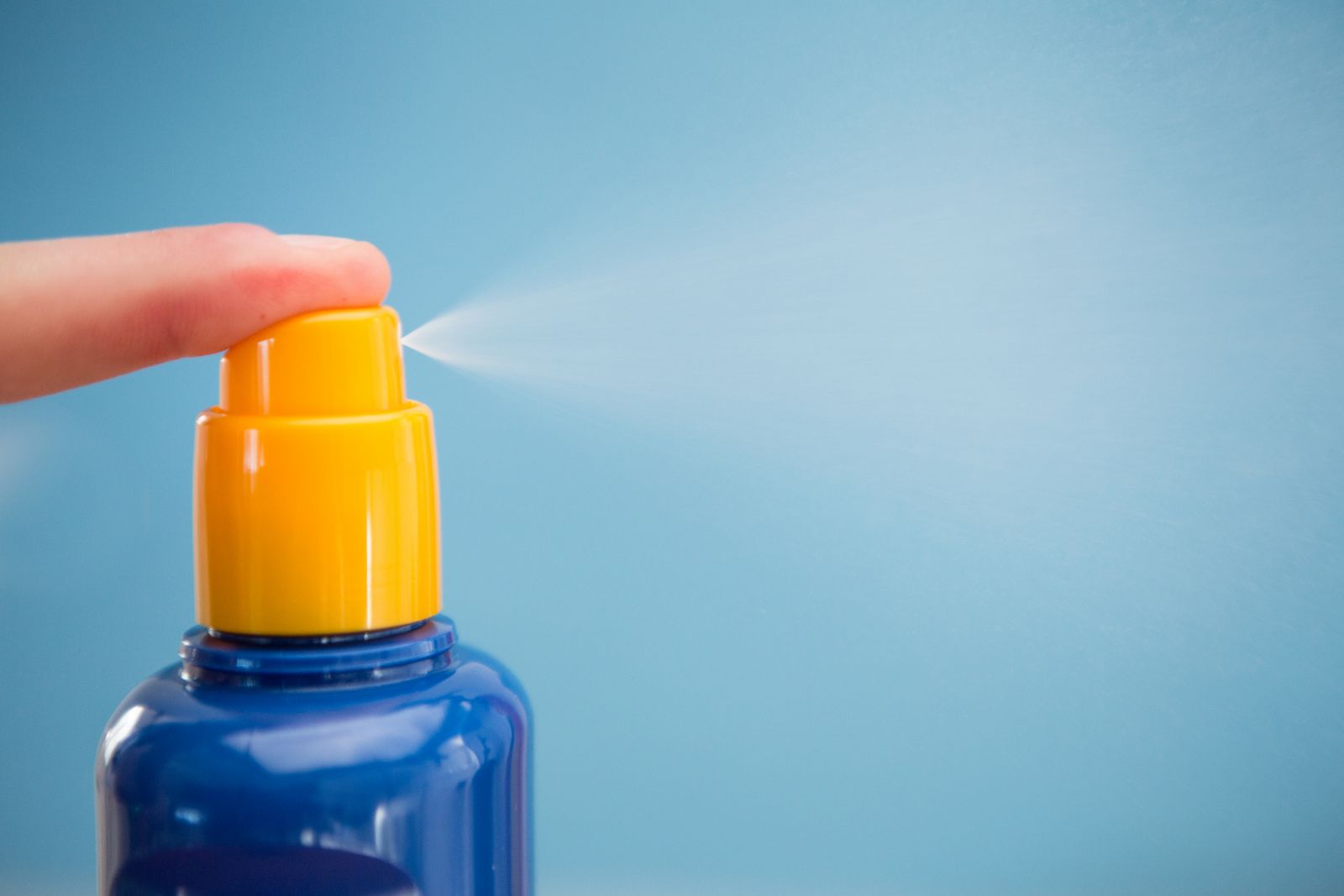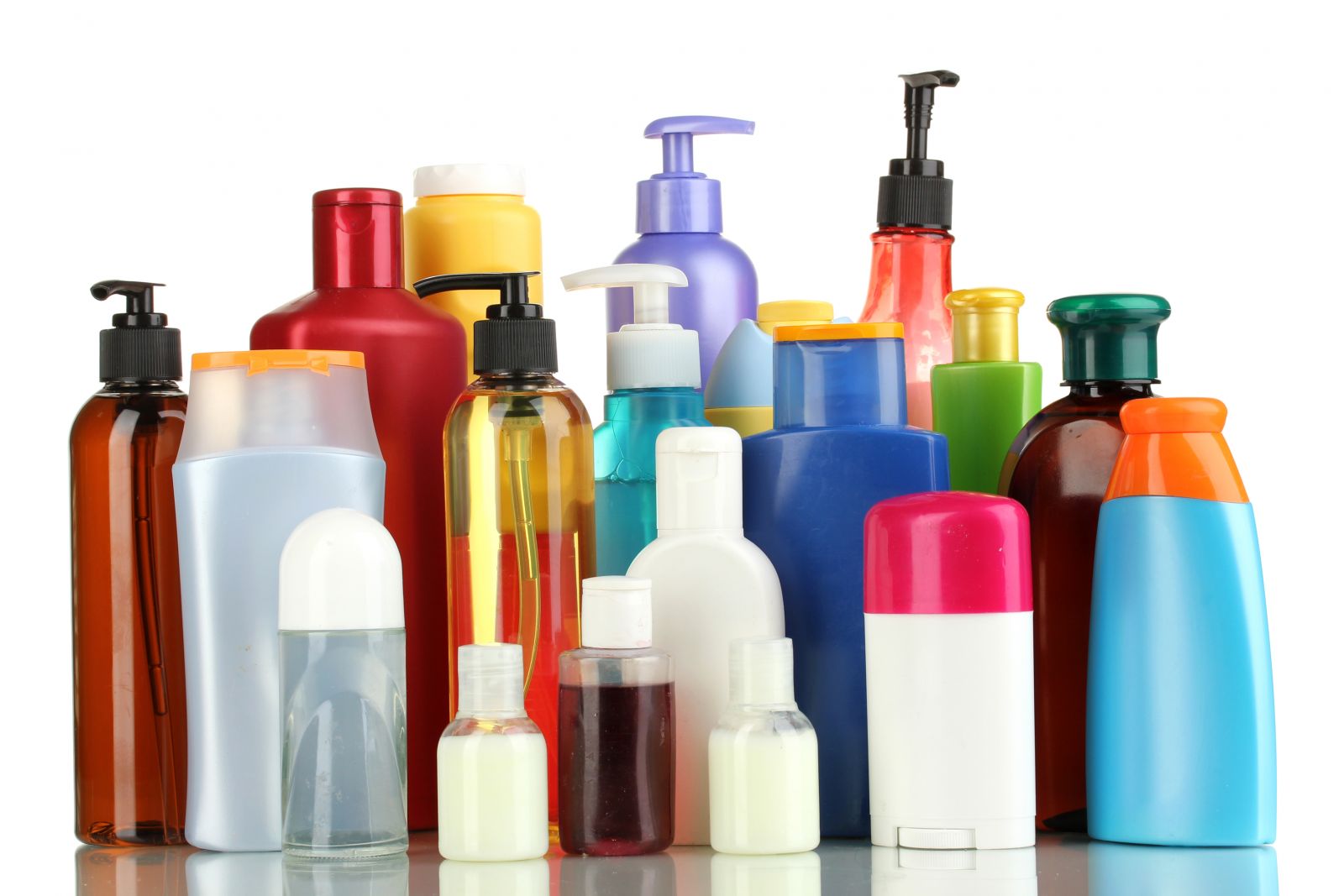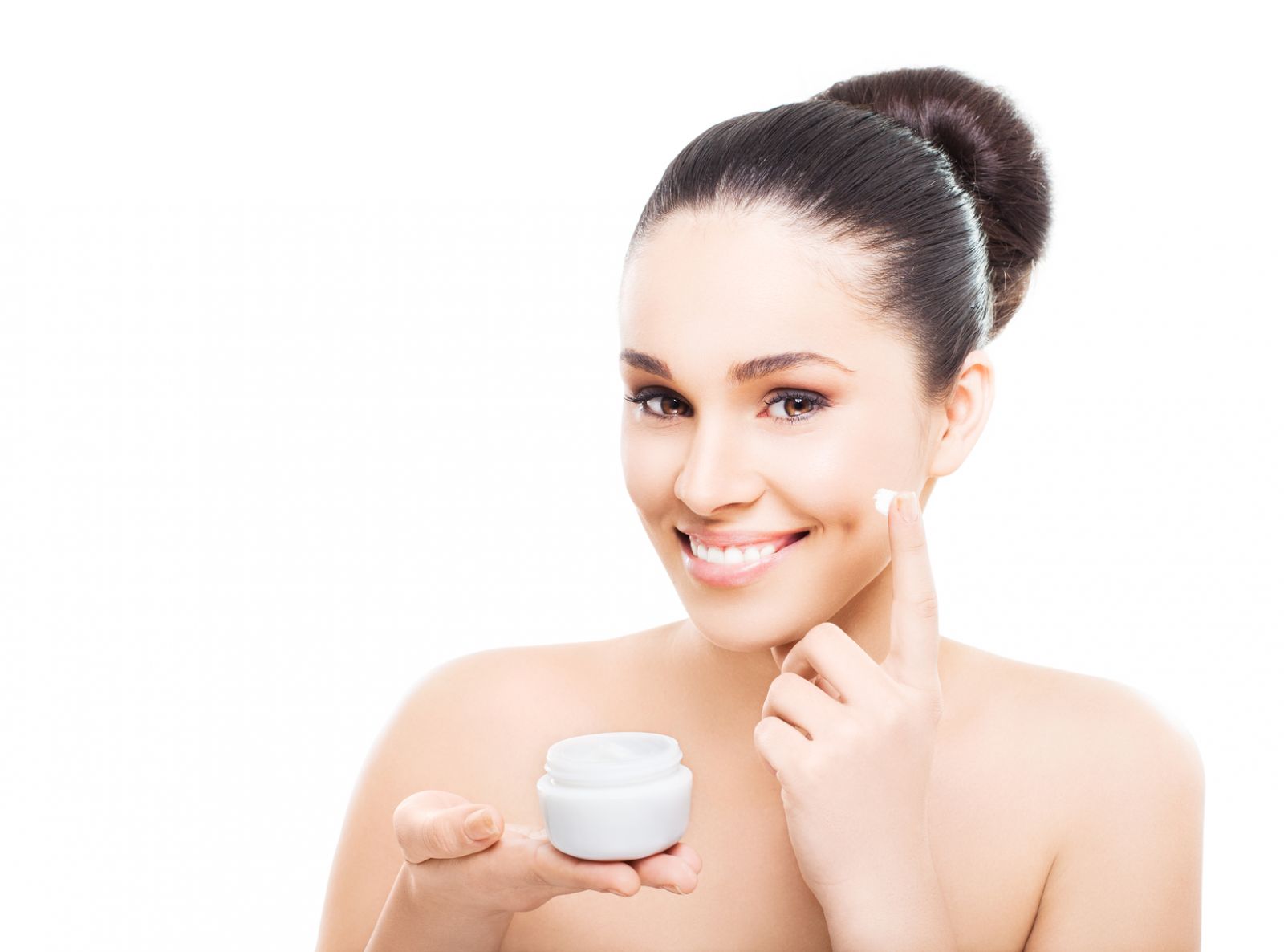Welcome to the DermacenterMD Blog
Posts for: January, 2016
When Sunscreen Safety is Called Into Question
The Skin Cancer Foundation
Source: www.skincancer.org
For years, dermatologists have told us sunscreen protects skin. Now, many people are questioning that advice after an environmental group challenged the safety of many popular brands.
"Patients are confused," said Dr. Darrell S. Rigel, a clinical professor of dermatology at New York University who is a skin cancer researcher. "I've had patients come in and ask, 'Am I harming myself by using it?' I've spent a lot of time talking to people about it."
The latest report comes from the Environmental Working Group, which claims that in an investigation of nearly 1,000 sunscreen products, four out of five offer inadequate protection from the sun or contain ingredients that may pose a health risk.
But dermatologists who reviewed the group's research say the biggest problem is that it lacks scientific rigor. In particular, they are critical of a sunscreen rating system that they say is arbitrary and without basis in any accepted scientific standard.
"What they are doing is developing their own system for evaluating things," said Dr. Warwick L. Morison, professor of dermatology at Johns Hopkins and chairman of the Skin Cancer Foundation's photobiology committee, which tests sunscreens for safety and effectiveness. "Using this scale to say a sunscreen offers good protection or bad protection is junk science."
Dr. Morison has no financial ties to sunscreen makers, and his work with the Skin Cancer Foundation is unpaid. Sonya Lunder, a senior analyst with the Environmental Working Group, said the database and rating system were based on an extensive review of the medical literature on sunscreens. Of nearly 1,000 sunscreens reviewed, the group recommends only 143 brands. Most are lesser-known brands with titanium and zinc, which are effective blockers of ultraviolet radiation. But they are less popular with consumers because they can leave a white residue.
The group is especially concerned about the safety of a compound called oxybenzone, which is used in most popular sunscreens. But the research on oxybenzone is limited.
Most recently, the Centers for Disease Control and Prevention analyzed 2,517 urine samples collected in 2003-4 from a representative sample of the population over age 6 as part of a national health and nutrition survey. The analysis, published this month in the journal Environmental Health Perspectives, found oxybenzone in 97 percent of the samples.
The study goes on to note that human exposure to oxybenzone "has not been associated with adverse health effects" and that sunscreen is an important tool to protect against sunburn and skin cancer. But the researchers said further study was needed to determine whether the chemical had any meaningful effect on the body.
"What's the meaning of it?" said Dr. Rigel, who has consulted for sunscreen makers. "Nobody's seen any problems from years of these agents being used. To call it dangerous is misleading."
A few animal studies have raised concerns that oxybenzone could disrupt endocrine functions. Several researchers say that this is a theoretical concern and that no such effect has been shown in humans.
Another study, published two years ago in Free Radical Biology and Medicine, raised troubling concerns about what happens when sunscreen is absorbed into the skin and reacts with the sun. The report suggested that under certain conditions, sunscreens with oxybenzone and other ultraviolet filters could lead to free-radical damage to the skin, a process that in theory could lead to skin cancer. The study used laboratory models of skin, so some researchers say it is not a reliable indicator of what happens in people.
But the authors noted that the damage occurred only when ultraviolet light reached sunscreen that had penetrated the skin. The solution, they say, is to keep applying sunscreen to block out the UV rays. "It may seem counterintuitive, but by reapplying sunscreen we protect ourselves from the UV light reaching any of the UV-filters that may have penetrated to the skin," said Kerry M. Hanson, the lead author of the report and a senior research scientist at the University of California, Riverside. "At this point, I don't think there's enough evidence to firmly claim that sunscreens containing oxybenzone are unsafe."
Still, Dr. Hanson added that the UV filters used in sunscreens needed testing "to give us a better understanding of how these molecules behave in the skin."
One solution, she said, may be to add antioxidants to sunscreen to counter the effect. She said she had consulted with sunscreen makers on the issue.??
The Food and Drug Administration is preparing rules that will give consumers more information on the label about the sunscreens they buy. Most doctors still recommend sunscreens with a high SPF number and a combination of avobenzone and oxybenzone, ingredients that protect the skin from two types of ultraviolet rays, UVA and UVB.
Avobenzone, also called Parsol 1789, can degrade quickly in the sun. But many top brands, including Johnson & Johnson's Neutrogena with Helioplex, Aveeno with Active Photobarrier Complex and several Coppertone brands, are formulated to prevent that. L'Oreal products containing the new ingredient Mexoryl also offer broad-spectrum protection, doctors say.
It is important to keep in mind that sunscreen is only one way to protect the skin. Not only do people typically not use enough sunscreen, but they don't take other steps to protect themselves from the harmful effects of the sun.
"People focus so much on sunscreens," Dr. Morison said. "It should be a package of protection. A hat, staying out of the sun, avoiding the hottest part of the day and covering up are all part of the whole story. It's not just the sunscreen."
 The Skin Cancer Foundation
The Skin Cancer Foundation
Source: www.skincancer.org
Wearing sunscreen can cause vitamin D deficiency.
There is some controversy regarding this issue, but few dermatologists believe (and no studies have shown) that sunscreens cause vitamin D deficiency. Also, vitamin D is available in dietary supplements and foods such as salmon and eggs, as well as enriched milk and orange juice.
If it's cold or cloudy outside, you don't need sunscreen.
This is not true. Up to 40 percent of the sun's ultraviolet radiation reaches the earth on a completely cloudy day. This misperception often leads to the most serious sunburns, because people spend all day outdoors with no protection from the sun.
Eighty percent of your sun exposure comes as a child, so it's too late to do anything now.
It appears that this universally promoted idea was based largely on a misinterpretation. A recent multi-center study showed that we get less than 25 percent of our total sun exposure by age 18. In fact, it is men over the age of 40 who spend the most time outdoors, and get the highest annual doses of UV rays. And since adult Americans are living longer and spending more leisure time outdoors, preventing ongoing skin damage will continue to be an important part of a healthy lifestyle.
Buy a high-quality product with an SPF of 15 or higher; check its ingredients to make sure it offers broad-spectrum protection; and decide whether it works better for everyday incidental use or extended outdoor use. Finally, look for The Skin Cancer Foundation's Seal of Recommendation, which guarantees that a sunscreen product meets the highest standards for safety and effectiveness. Once you choose the right sunscreen, use it the right way. But remember, you should not rely on sunscreen alone to protect your skin against UV rays; it is just one vital part of a complete sun protection program. By following our Prevention Guidelines, you can lower your risk of developing skin cancer, while helping your skin look younger, longer.
 From The Skin Cancer Foundation
From The Skin Cancer Foundation
Source: www.skincancer.org
A new study appearing in the journal Nature greatly reinforces the findings of an earlier landmark genetic study linking damage from the sun’s ultraviolet rays (UVR) to melanoma, the deadliest form of skin cancer. In 2009, researchers out of Hinxton, England, used new molecular technology to examine the complete genetic material (the genome) of a melanoma taken from a patient with the disease, identifying thousands of mutations (genetic flaws) caused by damage from solar UVR. The study has been seen as the greatest evidence to date that UVR causes genetic damage that may lead to melanoma.
Now, researchers at Harvard and MIT have studied the genomes of 25 melanoma patients. They discovered a specific gene, PREX2, that was damaged and mutated in 11 of the 25 genomes. They observed, furthermore, that the amount of mutations in this gene was directly linked to chronic UV exposure; the more exposure patients had, the more mutations they had in PREX2, apparently confirming the role of sun damage in melanoma development. PREX2 mutations have occasionally been reported in colon, lung, and pancreatic cancer, and frequently reported in breast cancers; they have been found to accelerate tumor formation in human melanocytes (the pigment cells where melanomas develop).
PREX2 normally interacts with a certain tumor-suppressing protein; UV damage may cause changes in PREX2 that allow the protein to turn from a tumor suppressor into a tumor promoter, thereby leading to melanoma.
“We still can’t say we know exactly how it works,” says Levi A. Garraway, senior coauthor of the study. “But PREX2 may be a very new category of mutated cancer genes that point us to at least one and maybe more pathways worth targeting therapeutically in melanoma.”
Professor Mark Middleton, director of Cancer research UK’s Experimental Cancer Medicine Center at the University of Oxford, said that the study highlighted the important role played by sun damage in melanoma, and emphasized the need to follow simple sun safety measures such as shade, clothing, and SPF15+ sunscreen.

Winter can be extra rough on your skin. Here are a few simple tips from Dr. Moore to help you keep your skin beautiful and hydrated all winter long!
- Bathe in lukewarm water- avoid extremes in temperature (very hot or very cold).
- Use soap in the “dirty” areas like the hands, underarms and private areas. Be gentle elsewhere.
- Avoid rubbing dry or sensitive skin areas with abrasive items including wash clothes or sponges.
- Pat dry when you are out of the shower (rather than rub vigorously), so some water stays on your skin. Then apply a heavy cream such as Cetaphil or Cerave. This helps hydrate your skin to keep it healthy.
- If your skin has not responded to these DermacenterMD healthy skin tips, give us a call to see one of our skin care specialists.
If you are experiencing extreme dry skin issues, please give our office a call to set up an appointment.
574-522-0265
Archive:
Tags
- dry skin (2)
- moisturizer (1)
- sensitive skin (3)
- PA (2)
- Skincare (2)
- skin cancer (29)
- cancer (6)
- facts (1)
- skin (19)
- dermatology (22)
- skin care (19)
- cosmetic (2)
- wrinkles (1)
- Botox (4)
- Dysport (3)
- sleep (1)
- look good (1)
- daily routine (1)
- healthy lifestyle (1)
- doctor (2)
- patient (1)
- sun protection (5)
- sunscreen (14)
- aging dermatology (1)
- providers (1)
- tanning (2)
- sun (6)
- UVA rays (2)
- UVB rays (2)
- melanoma (10)
- Acne (2)
- Treatment (2)
- sunscren (1)
- sun exposure (5)
- Melanoma Monday (2)
- Skin Cancer Awareness Month (1)
- education (2)
- skin cancer specialist (1)
- basal cell carcinoma (1)
- squamous cell carcinoma (1)
- ingredients (2)
- improve your smile (1)
- cosmetics (1)
- laser (1)
- fillers (2)
- sunburn (3)
- avoid the sun (1)
- hat (1)
- sun clothing (1)
- SPF (1)
- Rosacea (3)
- NP (1)
- Nurse Practitioner (1)
- mid-level provider (1)
- physician (1)
- dermatologist (6)
- cosmetic dermatology (4)
- anti-aging (2)
- youthful looks (1)
- Eczema (2)
- rash (2)
- itch (1)
- the rash that itches (1)
- reduce itch (1)
- itching (1)
- getting along with others (1)
- basal cell (2)
- squamous cell (2)
- detection (1)
- Mohs surgery (2)
- photoaging (1)
- Inspiring (1)
- word of the day (1)
- inspiration (3)
- uplifting (1)
- protection (4)
- lips (1)
- reduce wrinkles (1)
- look younger (1)
- encouragement (1)
- never give up (1)
- you can do it (1)
- medical school (1)
- dreams (1)
- brown spots (1)
- moles (2)
- liver spots (1)
- age spots (1)
- Abe Lincoln (1)
- life lessons (1)
- lip cancer (1)
- health (12)
- motivation (1)
- work (1)
- people (2)
- home life (1)
- lifestyle (1)
- ABCDEs of Melanoma (1)
- mole (1)
- skin check (2)
- skin facts (2)
- odd (1)
- fun (1)
- interesting (1)
- lung cancer (1)
- disease (1)
- Christmas (2)
- gifts (1)
- sun burn (1)
- winter skin tips (1)
- itchy skin (1)
- winter skin (1)
- myths (1)
- myth busted (1)
- skin protection (1)
- sunscreen safety (1)
- specialist (1)
- red skin (1)
- irritation (1)
- feel good (1)
- helping (1)
- help (1)
- helping others (1)
- treatment options (1)
- skin health (9)
- Vitamin D (2)
- tanning beds (1)
- skin health. dermatology (1)
- sunshine (1)
- awareness (1)
- prevention (1)
- sun damage (3)
- connections (1)
- working together (1)
- health care (1)
- biotin (1)
- medical (1)
- aging (1)
- elkhart (1)
- Roger Moore (1)
- check (1)
- skin type (1)
- skin cancer prevention (1)
- gift guide (1)
- Christmas gift guide (1)
- Dr. Roger Moore (1)
- holidays (1)
- family history (1)
